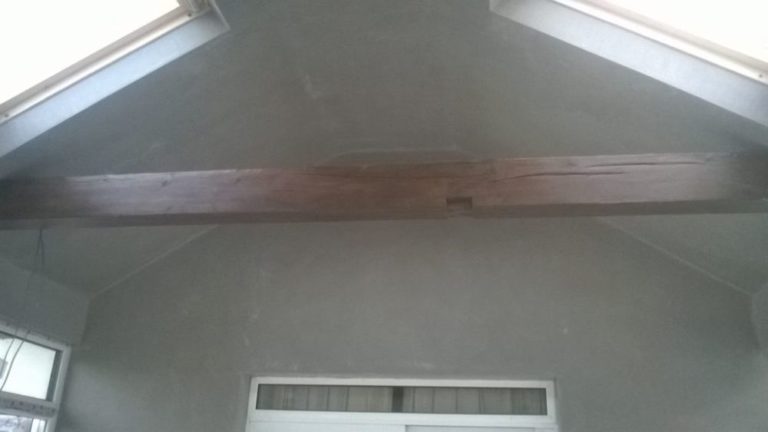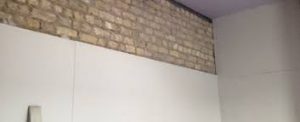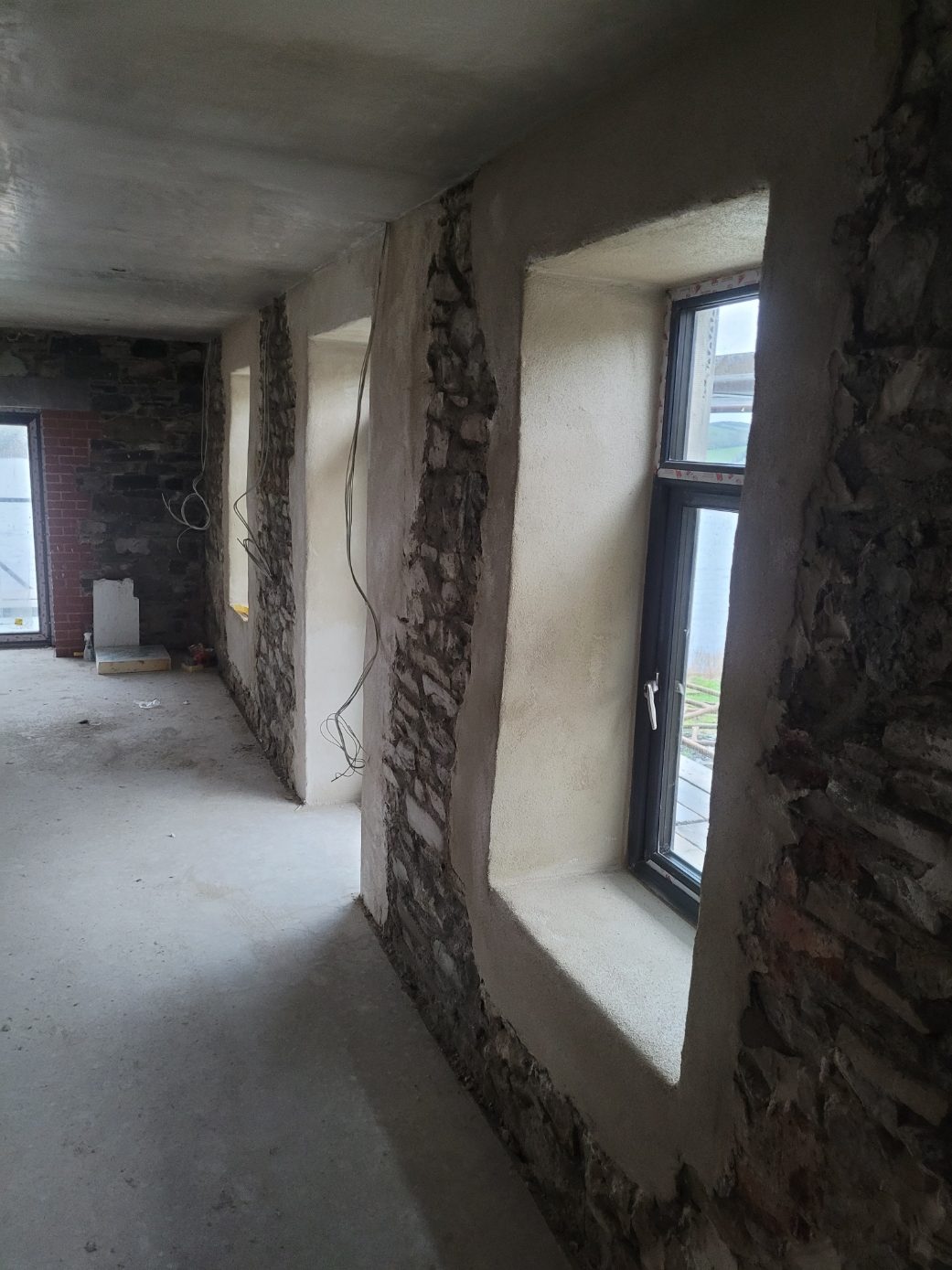Slabbing and skimming of Conservatory in Trim
The Plasterboarding and Skimming of a Conservatory in Trim Co.Meath
Introduction
The process of plasterboarding and skimming a conservatory is a crucial step in the construction or renovation of a property. This article will delve into the specific details of plasterboarding and skimming, focusing on a project located in Trim, Co. Meath. The combination of these two techniques not only enhances the aesthetic appeal of the conservatory but also provides structural integrity and insulation.
Understanding Plasterboarding
Plasterboarding involves the installation of plasterboard panels to create a smooth, even surface for further finishing. These panels are typically made of gypsum plaster sandwiched between layers of paper, providing a durable and versatile material for interior walls and ceilings. During the initial phase, the framework of the conservatory is prepared to accommodate the plasterboard installation. This includes measuring and cutting the plasterboards to fit the specific dimensions of the conservatory, ensuring a precise and snug fit.
Benefits of Plasterboarding
- Structural Support: Plasterboarding reinforces the framework of the conservatory, adding strength and stability to the structure.
- Insulation: The addition of plasterboards helps improve thermal and acoustic insulation, contributing to energy efficiency and soundproofing.
- Smooth Surface: Once installed, plasterboards offer a seamless and uniform base for the subsequent skimming process.
The Art of Skimming
Skimming is the technique of applying a thin layer of finishing plaster over the plasterboard surface. This process requires skill and precision to achieve a flawless, polished appearance. Skimming not only conceals imperfections in the plasterboard but also creates a smooth canvas for painting or wallpapering.
Steps in Skimming
- Preparation: Before skimming, the plasterboard surface is inspected for any defects or irregularities. Any necessary repairs or adjustments are made at this stage.
- Application of PVA: A coat of PVA adhesive is applied to the plasterboard to promote adhesion and prevent the rapid absorption of moisture from the skim plaster.
- Skim Coat Application: Using a trowel, the skilled tradesperson applies a thin layer of finishing plaster, meticulously smoothing and leveling the surface to achieve a consistent finish.
- Drying and Sanding: Once the skim coat has been applied, it is left to dry before being sanded to perfection, ensuring a flawless and blemish-free surface.
Advantages of Skimming
- Enhanced Aesthetics: Skimming imparts a sleek and elegant look to the conservatory, creating a refined backdrop for interior design elements.
- Versatility: The smooth surface resulting from skimming allows for various decorative treatments such as painting, wallpapering, or textured finishes.
- Durability: A well-skimmed surface is more resistant to wear and tear, contributing to the longevity of the conservatory’s interior.
Conclusion
The plasterboarding and skimming of a conservatory in Trim, Co. Meath, exemplify the meticulous craftsmanship and attention to detail required for such a project. These processes not only enhance the visual appeal of the space but also ensure structural integrity and functional performance. By understanding the intricacies of plasterboarding and skimming, homeowners and contractors can appreciate the significance of these techniques in creating a high-quality, finished living environment.
co Meath




